In one of our previous blog posts we took a general look at how to calibrate smart transmitters. This time we focus on the WirelessHART transmitters. The WirelessHART transmitters are gaining popularity, so I think it is good to take a look at:
- What they are
- How they work
- Why they should be calibrated
- How they can be calibrated
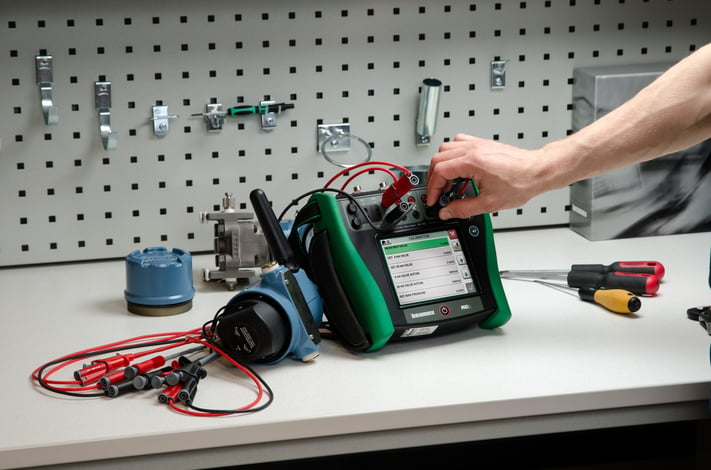
WirelessHART
Although the WirelessHART was developed already in the mid 80’s (by Rosemount) it was not until 2007 that it was ratified as a standard by HCF (HART Communication Foundation).
The conventional HART (wired) transmitter uses digital signal superimposed on top of the standard 4 … 20mA signal. The WirelessHART uses, as the name pretty clearly indicates, wireless communication on a 2.4 GHz radio band. There is no analog mA output signal in the wireless HART transmitter, only the wireless signal.
And since there is no analog signal and no cables, the operation power cannot come from control system, instead each transmitter needs a battery. The more often the transmitter sends signal, the shorter the battery life becomes. In practice, the output is often sent pretty seldom (maybe once every few minutes) and the transmitter is often used in applications where high speed is not so important.
Operation
The fundamental purpose of a wireless HART transmitter is the same as for other process transmitters – i.e. to measure the input process signal and convert that into an accurate output signal. But in this case the output is a wireless digital signal.
Calibration
In order to calibrate the wireless HART transmitter, you need to provide an accurate input and read the output. You could read the wireless output if you have a suitable device that can read the wireless signal. But as mentioned earlier, the wireless HART transmitter is often configured to transmit pretty seldom, so that would be a very slow calibration process. Fortunately, the wireless HART transmitters also have screw terminals that you can use to connect in the same way as to a wired HART transmitter. You can use some kind of HART communicator or a calibrator supporting HART to do that. The output signal via the screw terminals is also responding very fast, so it makes the calibration process more practical. Also, if you find out that you need to do adjustment/trimming, this needs to be done by communicating via the screw terminals. And in case you need to do any configuration, that too needs to be done via the screw terminals.
A principle block diagram of a wired and wireless HART transmitters:
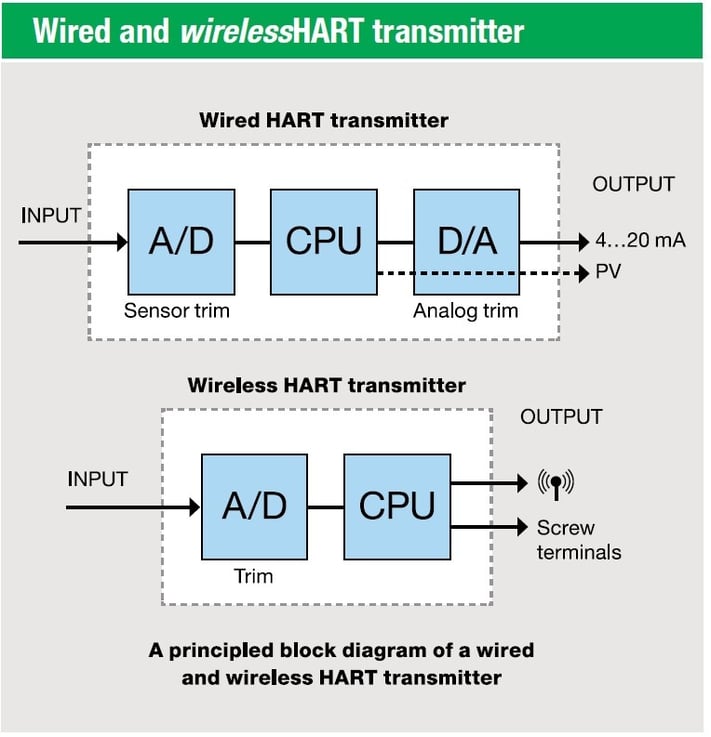
Why calibrate?
At this point you may ask why this modern fancy transmitter needs to be calibrated in the first place. Very shortly the answer is: in order to know that it is working correctly and accurately. If you are interested to learn more about the reasons, please take a look at our previous blog post on Why Calibrate (and it’s White Paper).
If you want to learn more about the calibration of Wireless HART transmitters, please check out our white paper Calibrating WirelessHART transmitters.
We have also done a short video with Mike on this subject, please feel free to check that out on our YouTube channel: How to calibrate a WirelessHART transmitter.
Thanks for reading, please feel free to suggest subjects you would like us to write about.
Yours,
Heikki
Heikki Laurila is Product Marketing Manager at Beamex Oy Ab. He started working for Beamex in 1988 and has, during his years at Beamex, worked in production, the service department, the calibration laboratory, as quality manager and as product manager. Heikki has a Bachelor’s degree in Science. Heikkis family consists of himself, his wife and their four children. In his spare time he enjoys playing the guitar.
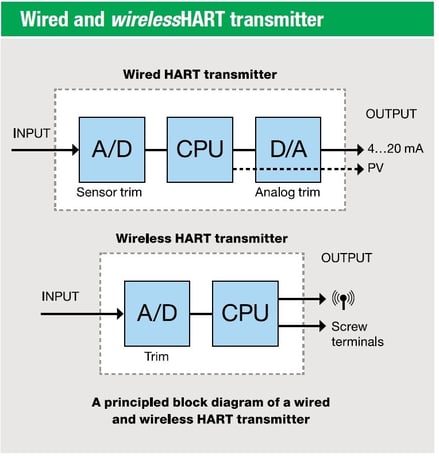


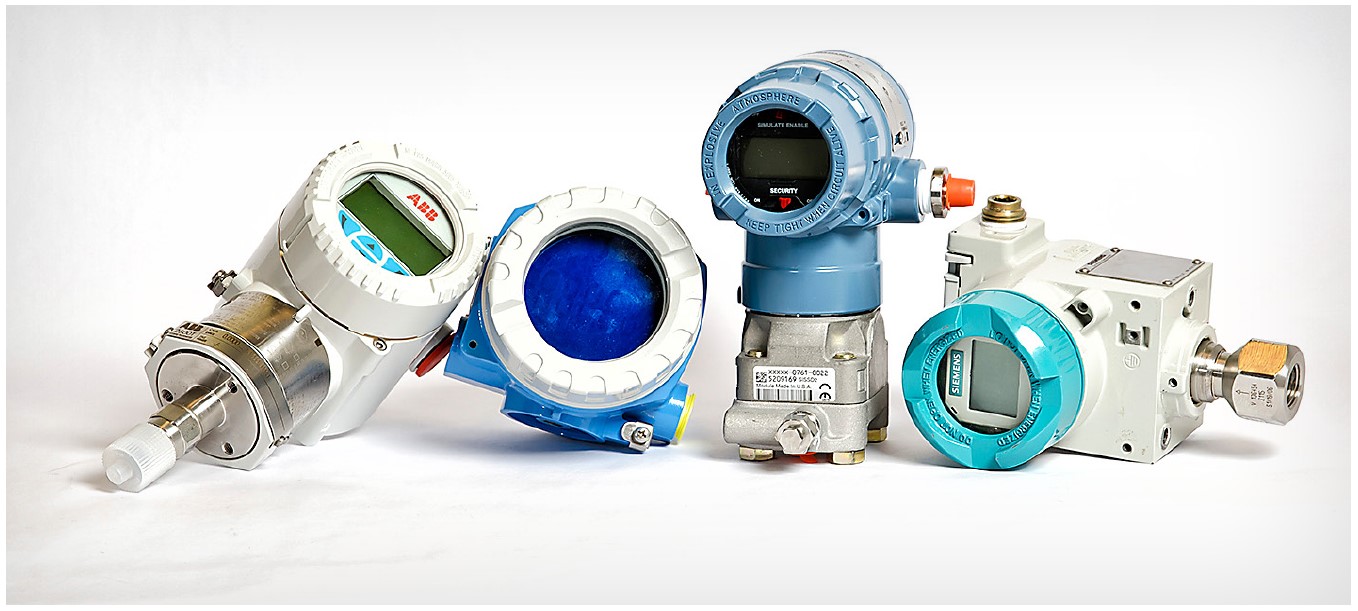
![How often should instruments be calibrated [update] - Beamex blog](https://blog.beamex.com/hubfs/Beamex_blog_pictures/History_trend.jpg)
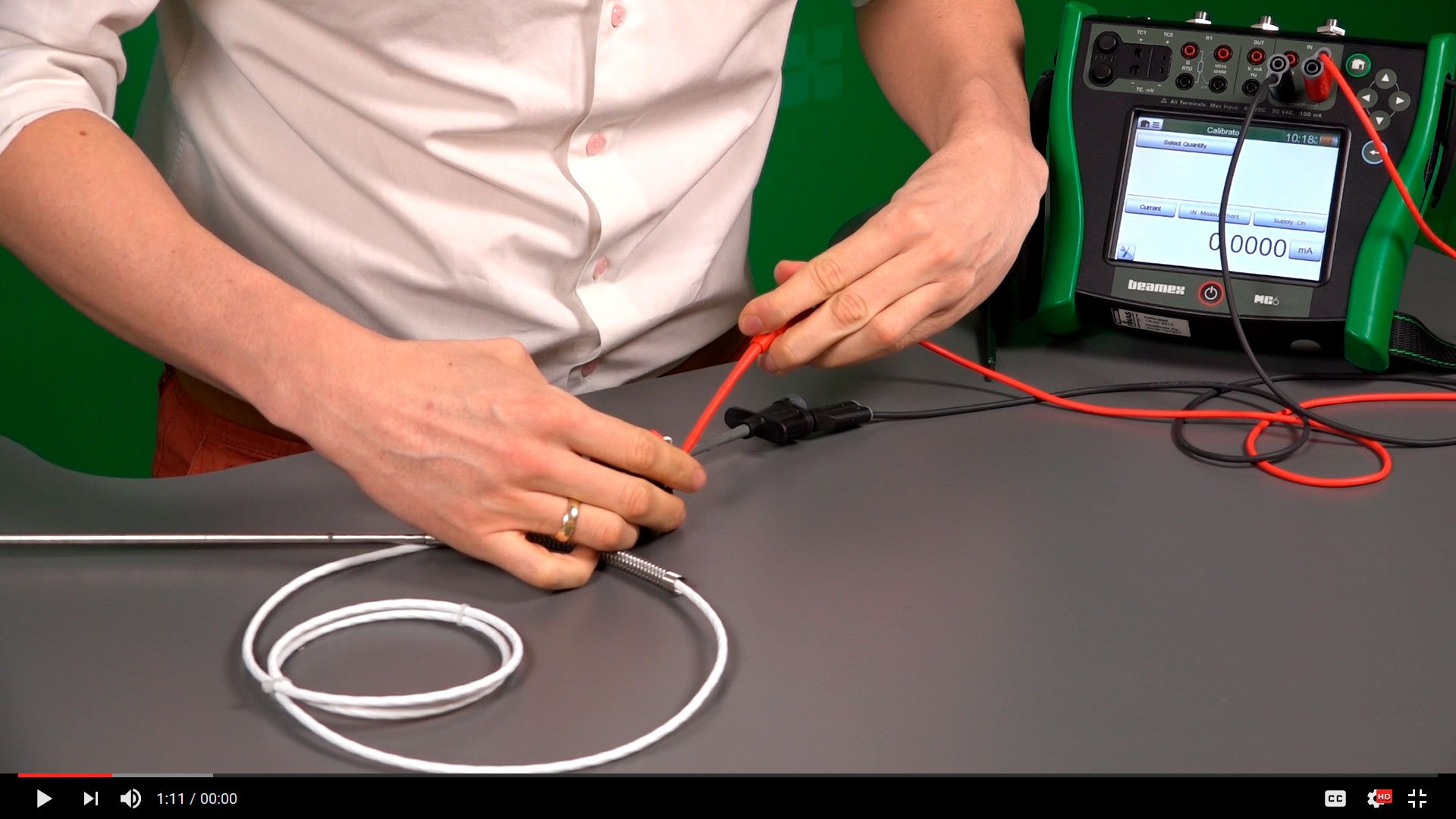
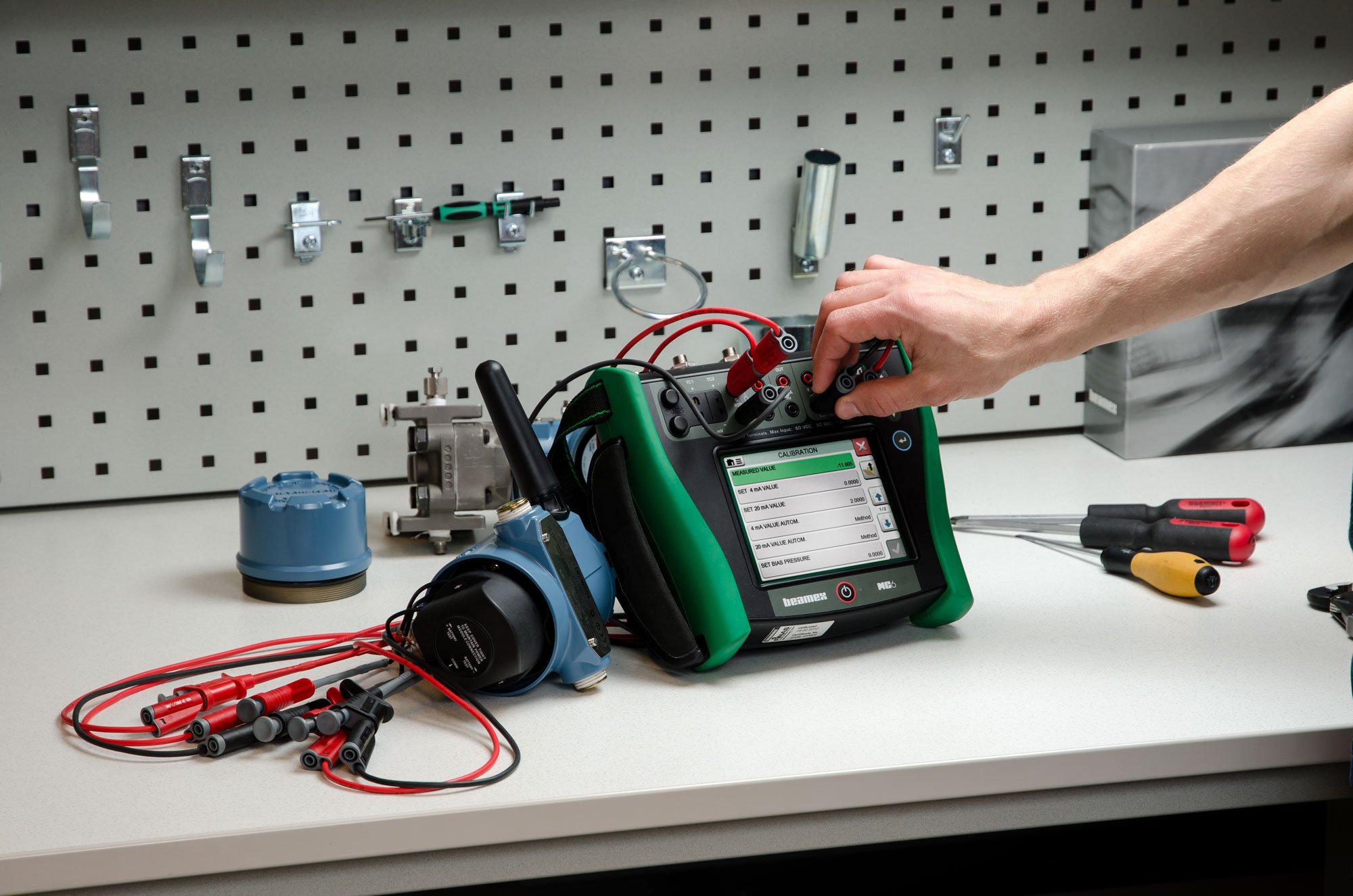
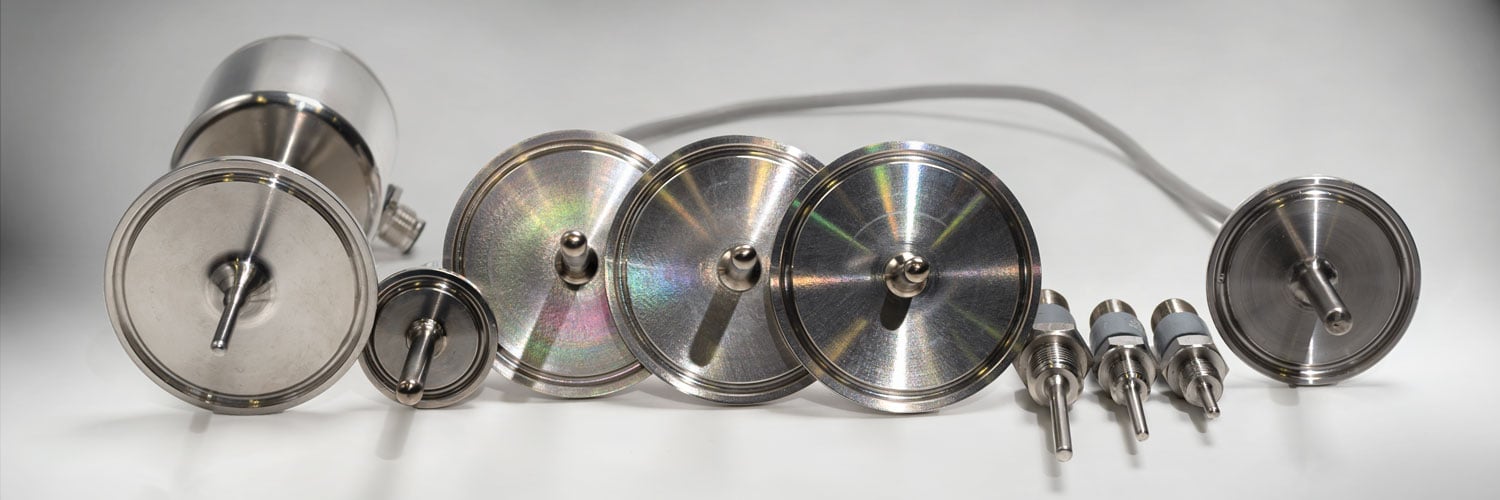

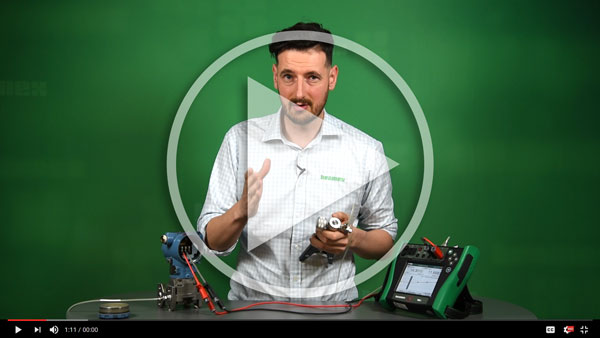

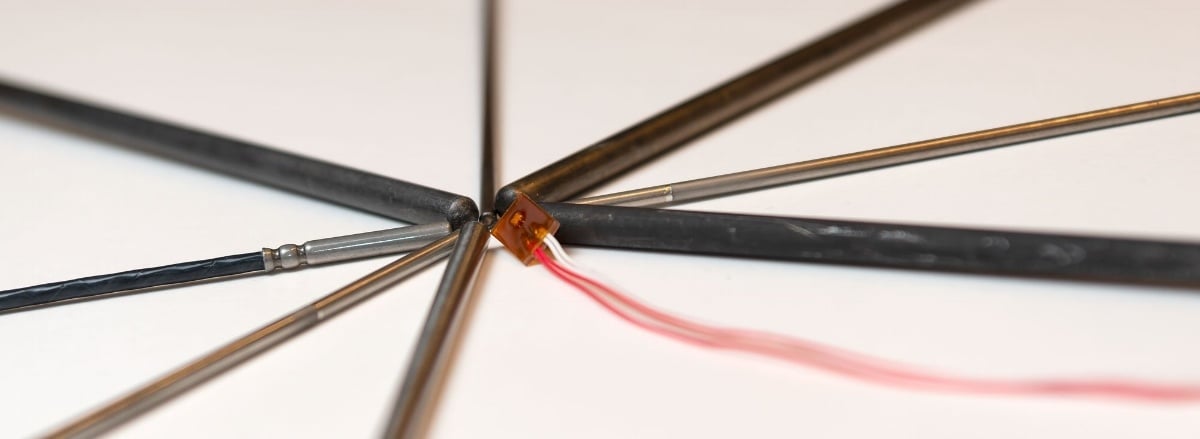
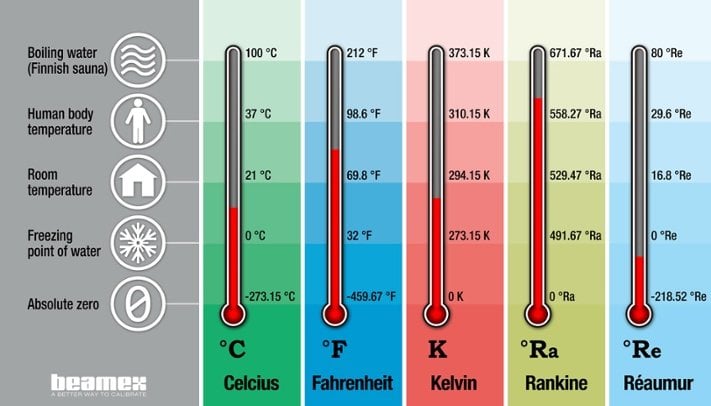

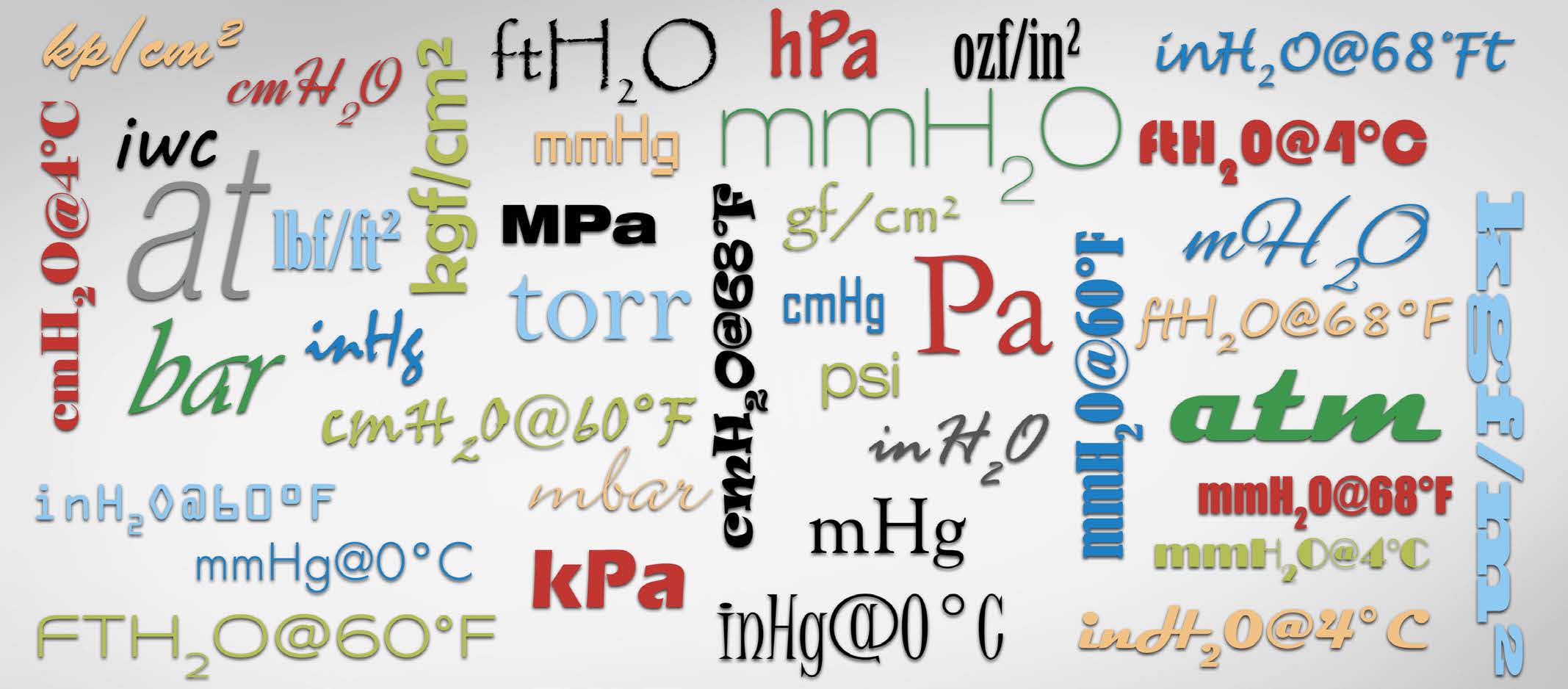
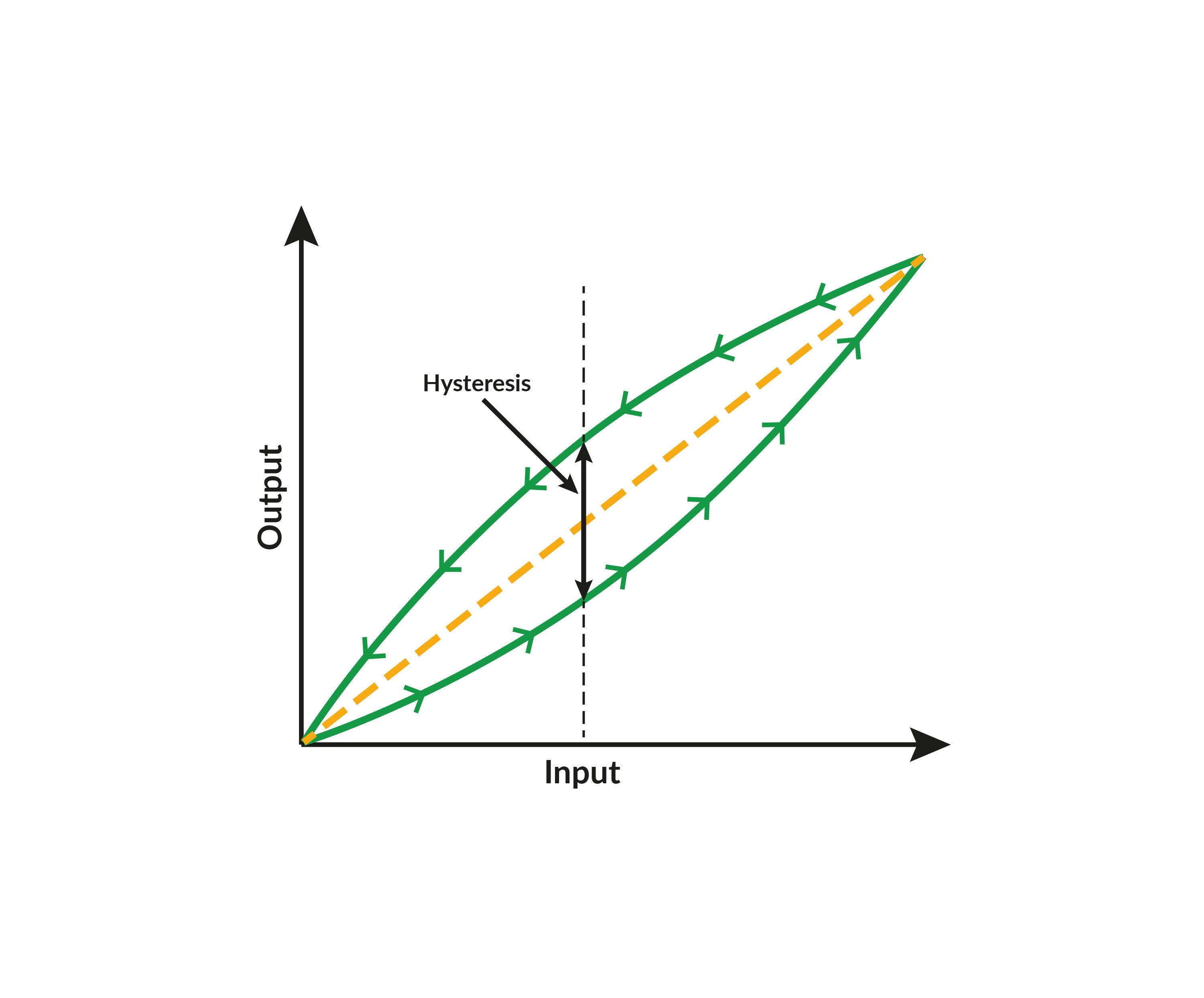
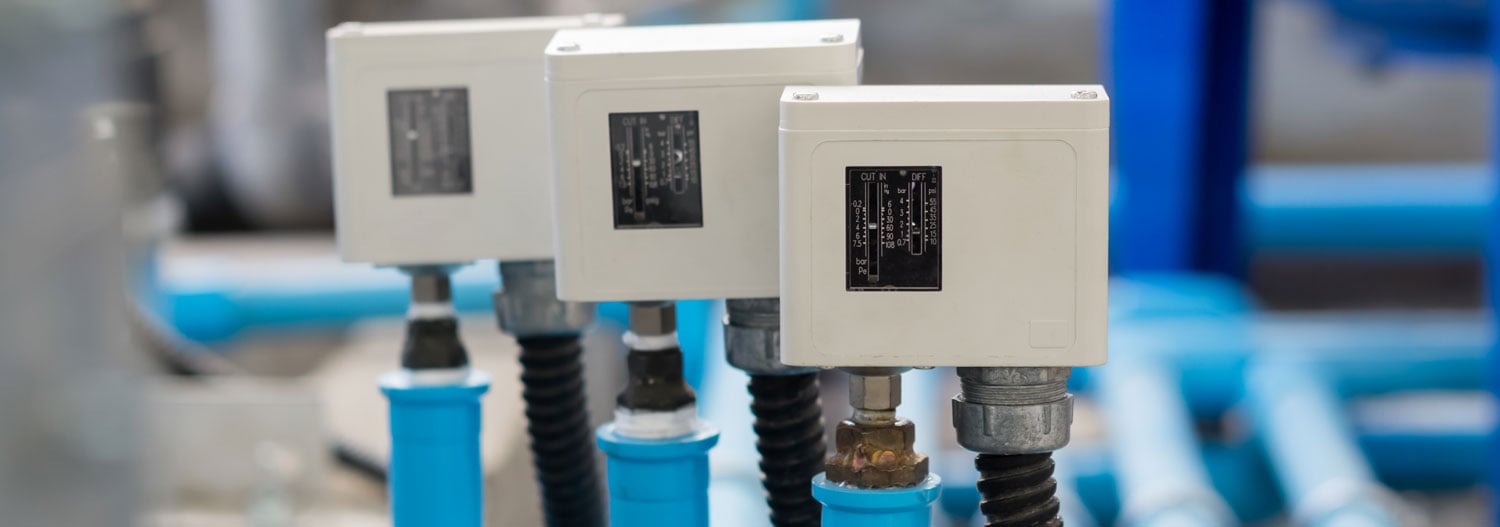
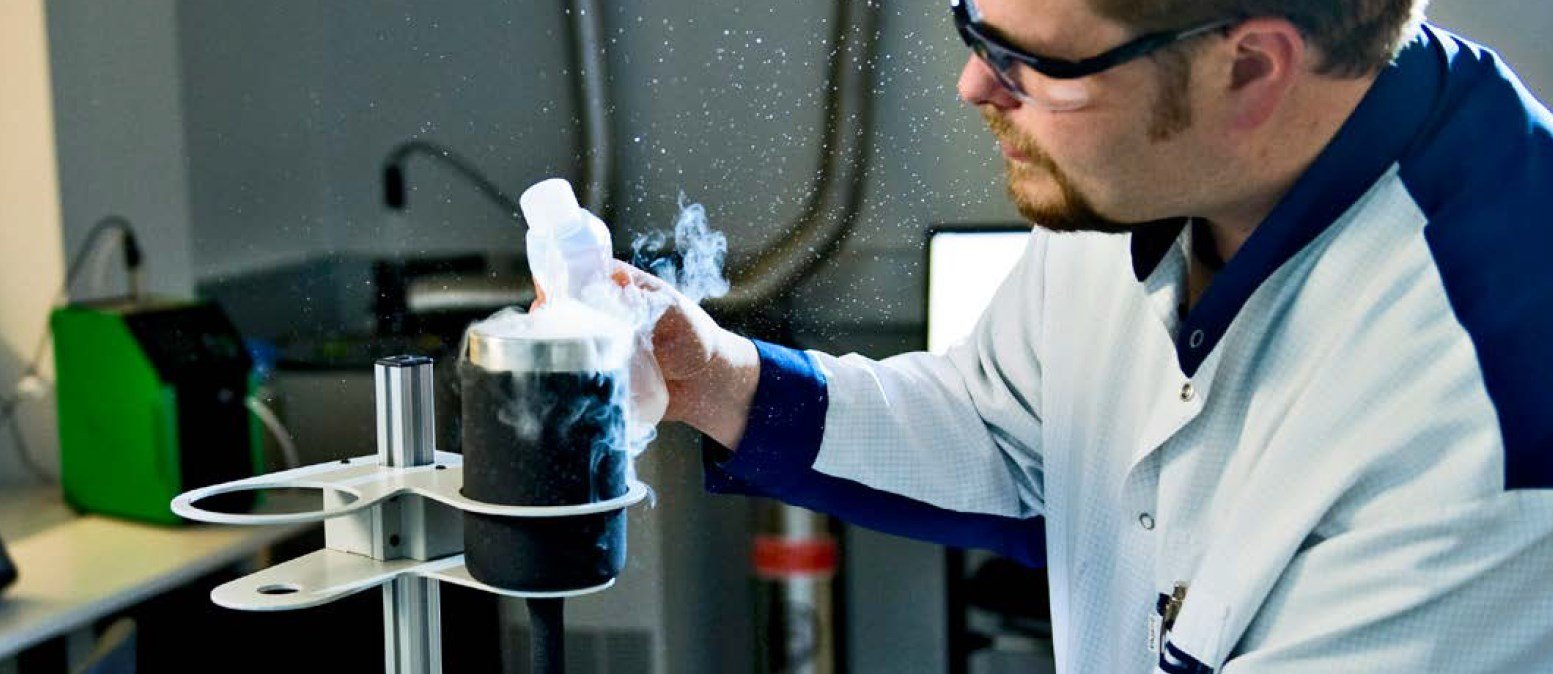
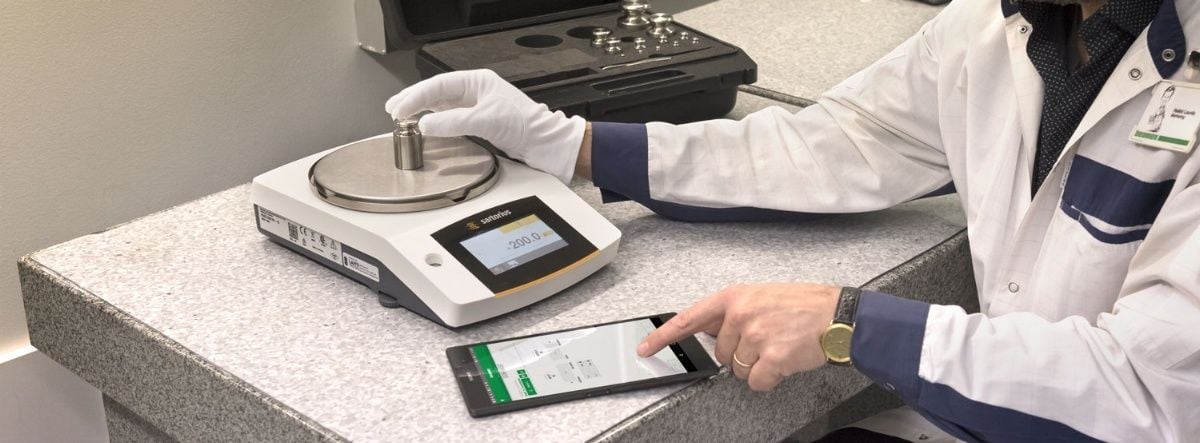
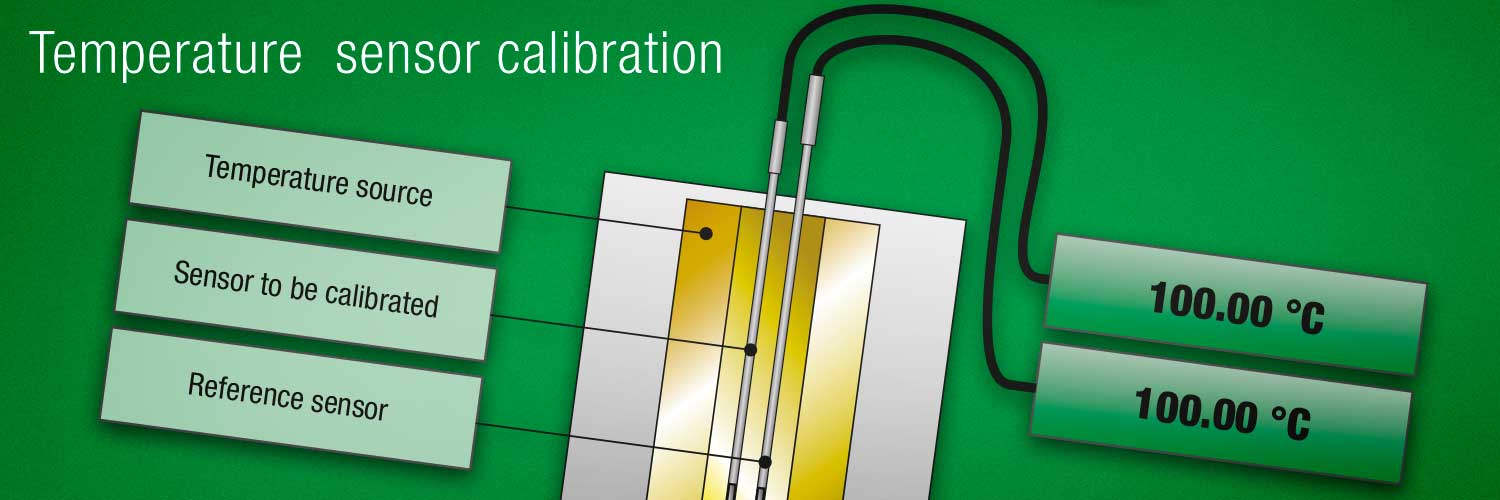

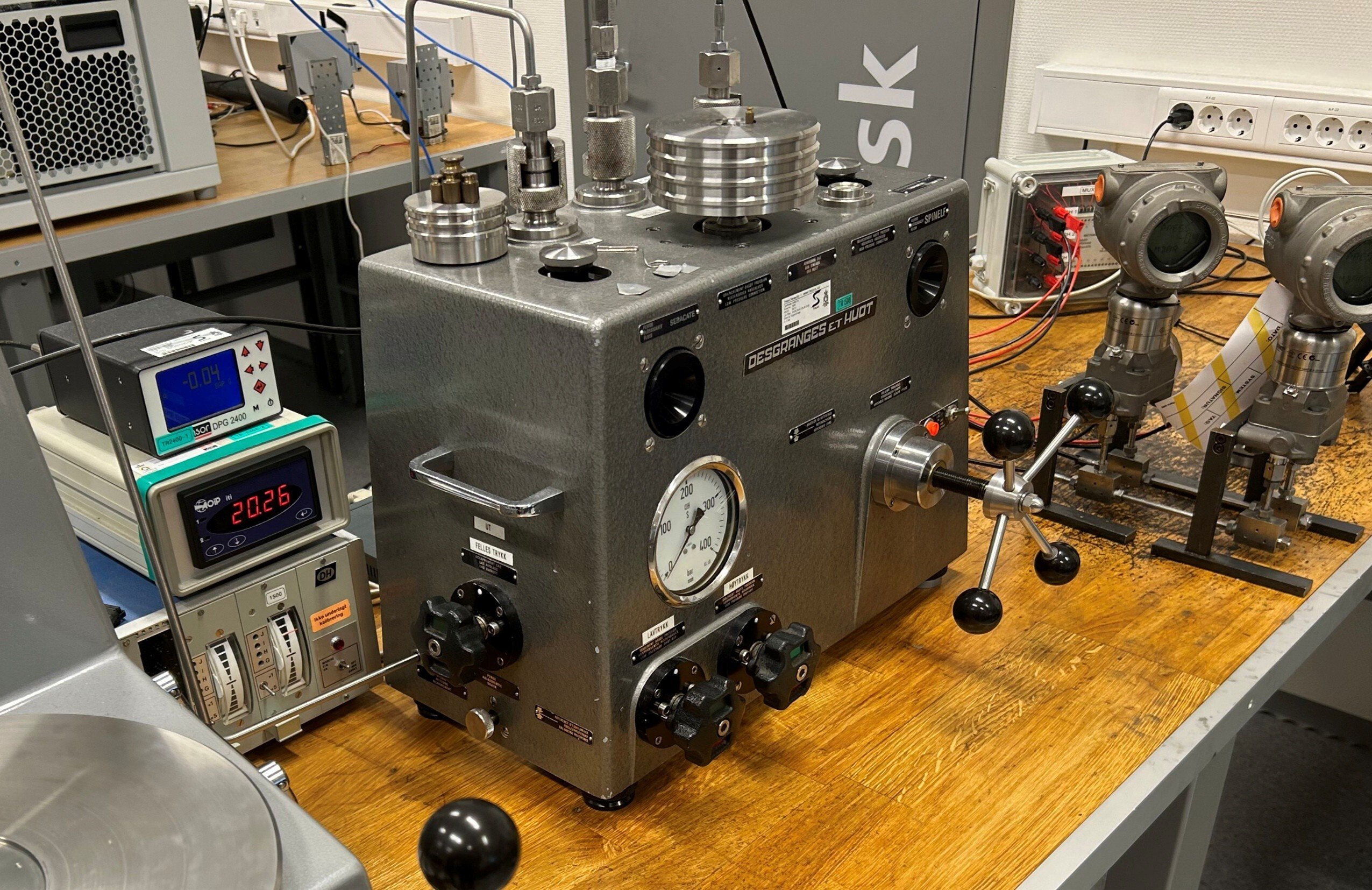
.jpg)
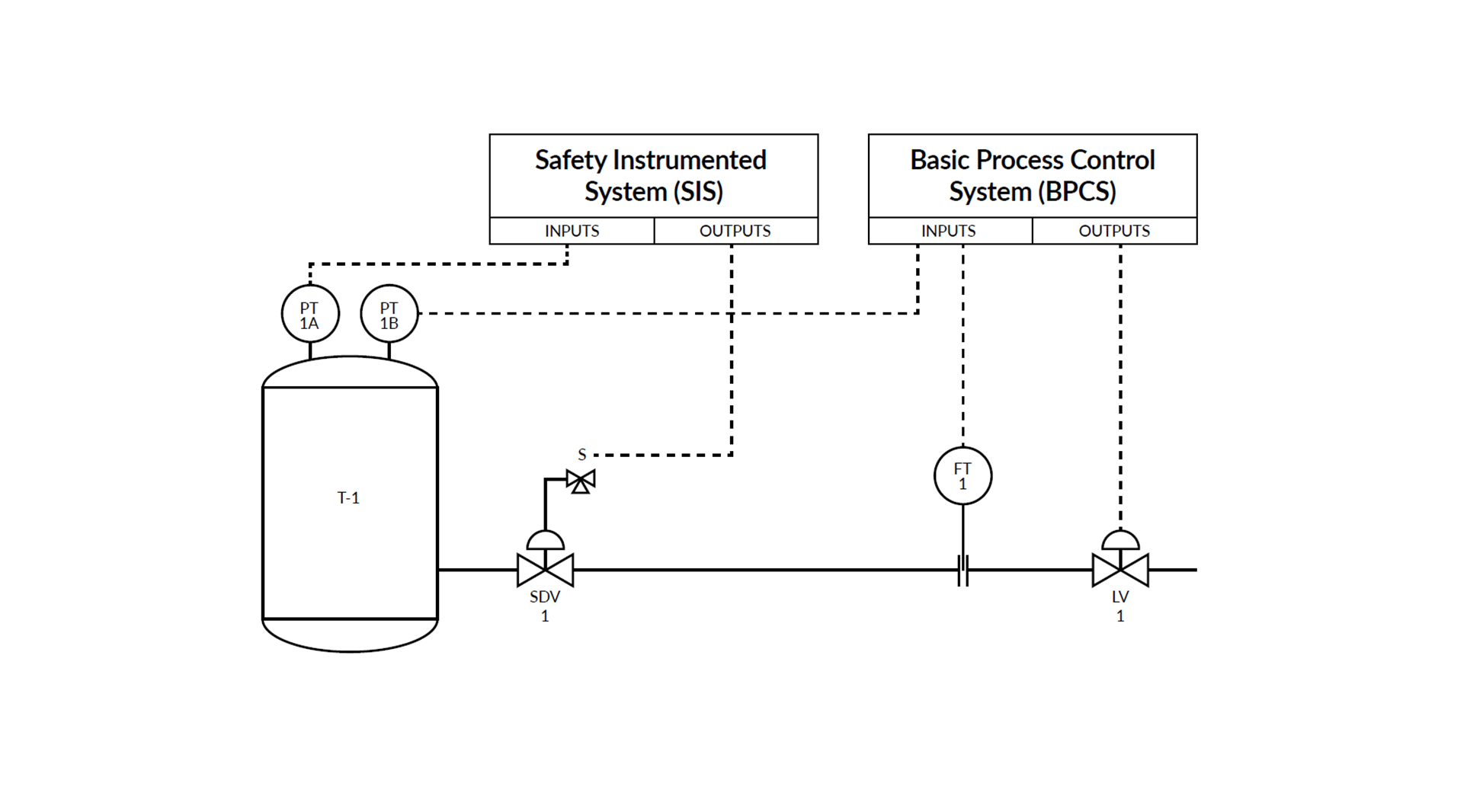




.png)
.png)
Discussion